Using Newsletters For Lead Generation
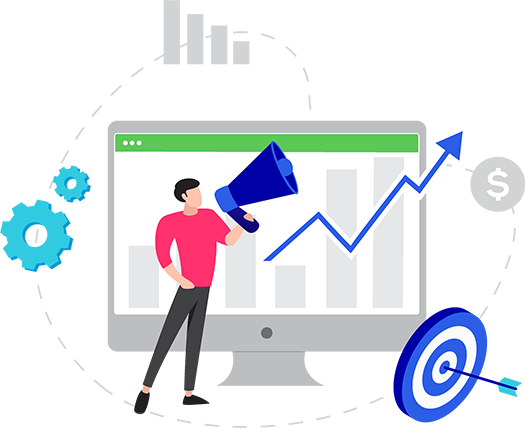
Newsletters offer high-quality, educational content; so can be utilized to generate a
significant number of new leads when people sign up. Let’s discuss some do’s and
don’ts of using newsletters to generate leads.
Whenever deploying a lead gen e-mail campaign, it is tempting to use shortcuts. One
of the more popular shortcuts is templates. Templates are best used for repeatable
messages—things like meeting follow-ups. They work for emails that have the same
basic objective, the same relevance, and/or similar information is being conveyed. The
trick, of course, is to be sure to vary the wording in each template; as variation helps the
campaign elude SPAM filters. It also evades the attention of Google’s web-crawlers,
which are looking for things like over-repetition.
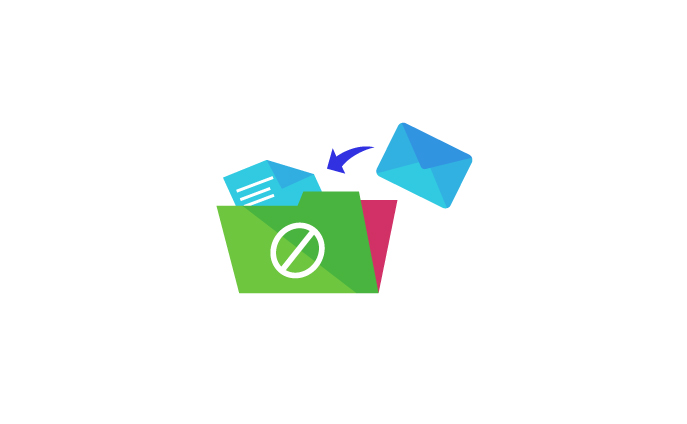
When making use of templates, be sure to add personalized elements based on the
type of prospect. There are several ways to approach this. First, figure out what your
product can do for that category of customer, and reference it in your emails. And
remember, when personalizing, do it in batches. Instead of one-to-one personalization,
personalize by category.
Another good trick: Choose what you’ve surmised to be the strongest two subject lines;
then A/B test them to find the one that performs the best. The best subject line is not
necessarily the same in every deployment, as attitudes and sensibilities change with
market fluctuations and social media trends.
In the main body of each email, be sure to create an appealing user experience.
Designing a good UX for your prospects means showcasing all the positive aspects of
your product / service in a way that is quick and easy to digest. Minimize the work
needed to absorb the message. Pretend everyone has extremely short attention spans;
and can only be captured by immediate trigger points.
To help people relate to your story, ask them to imagine a scenario and play
along. Structure the story in a way that will create a mental image of all the advantages
that are unique to your product / service. Make sure your story is realistically
optimistic. Otherwise, it will not seem credible, and will tend to be dismissed as just
another sales gimmick. Stick to the key features of your product or service. Put a
spotlight not on nebulous claims but on the verifiable value of what you’re selling.
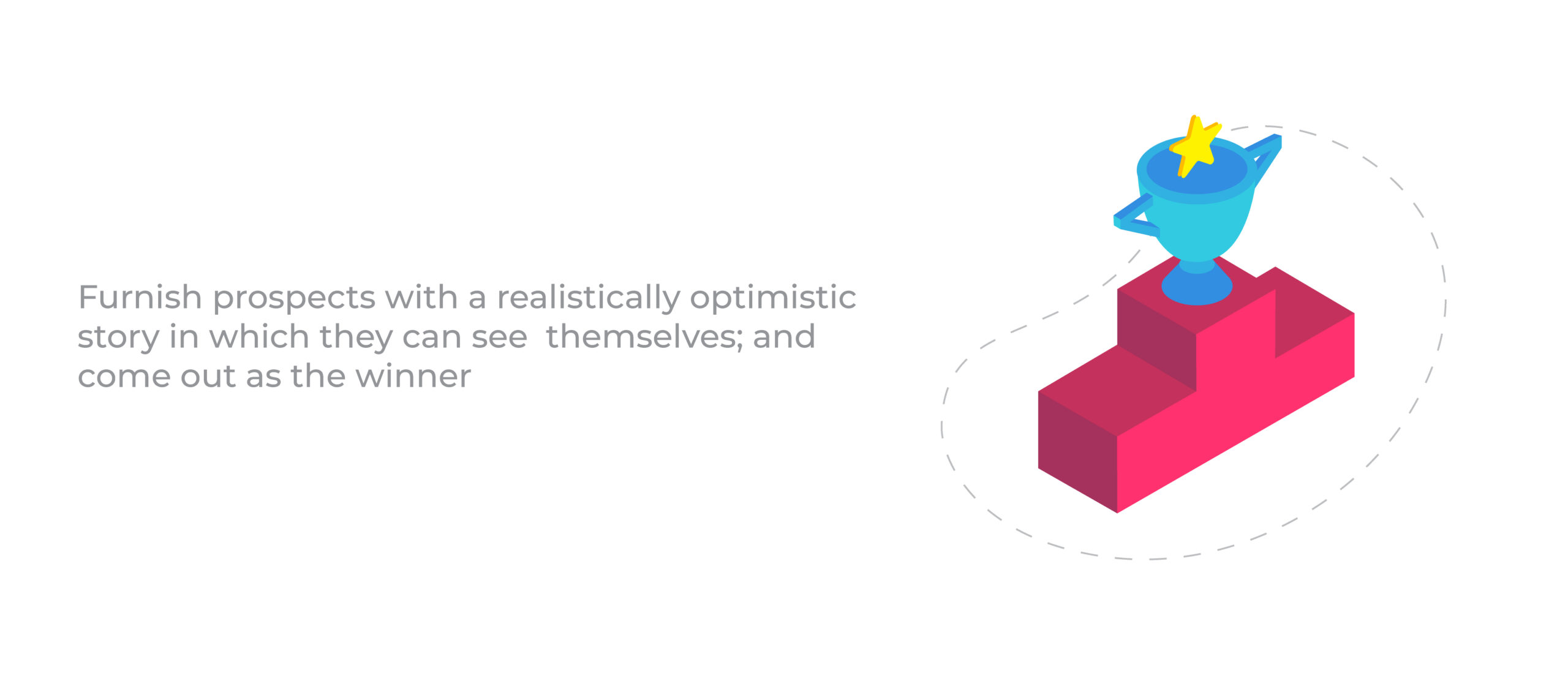
In order to move things forward along the sales pipeline, make use of one compelling,
low-friction “ask”. In other words: come up with a request that is enticing yet requires
hardly any commitment. Hence: One email, one call-to-action. CTAs are effective…so
long as you don’t over-do it. There should be one thing you want your recipient to do
with every message you send: watch a short video, schedule a free demo, share a link
or resource, set up a time to chat, take advantage of this limited-time offer,
etc. Anticipate and remove the obstacles that may prevent someone from taking the
bait.
Note, though, that too many choices or options can lead to selecting none; so keep it
simple. Be straight-forward and get to the point. Again: Each CTA should be easy to
understand, easy to accomplish, and involve minimal commitment. Get the prospect to
say, “What the heck? Why not?” instead of “Why would I bother with this?” If it seems
like more hassle than it’s worth, nobody will take the bait. There needs to be almost no
investment and a possible up-side that’s quick to see.
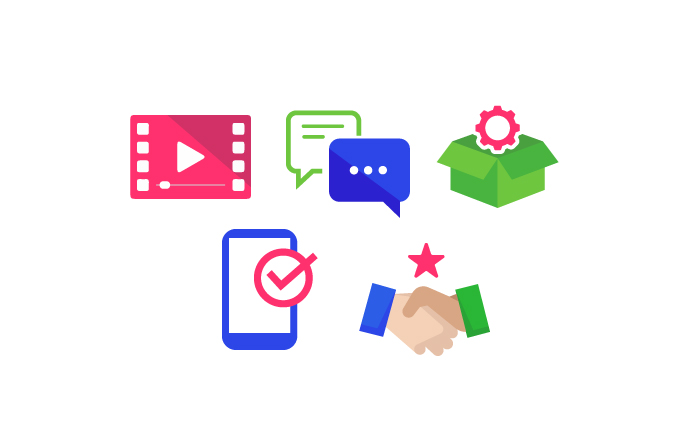
Be sure to create opt-in opportunities that are irresistible—from Webinars and complimentary reports / updates to live demos and free consultations. Don’t stop at just one or two opt-ins. Turn every blog post into an opt-in page. You can give away PDFs of your blog posts, worksheets, resource guides, demos, tutorial videos, etc. Force
users to make a decision. Do you want this or not? It’s easier to decide when the option is just sitting there in the sidebar.
Whenever possible, make prospects have to pro-actively DENY in order to opt out of what you’re offering. This configuration significantly increases conversion, as it is less likely people will decline if it requires taking an extra step. You can’t make them say yes, but you don’t have to make it so easy for people to say no.
An e-newsletter is a great way to nurture the existing leads on your list. Many companies also use e-newsletters to announce new services and make specific offers. To build your subscriber list, offer a free e-newsletter subscription on your website or in your email signature block. The better your content, the more people will read it and remember you; and the less likely it will be deemed spam.
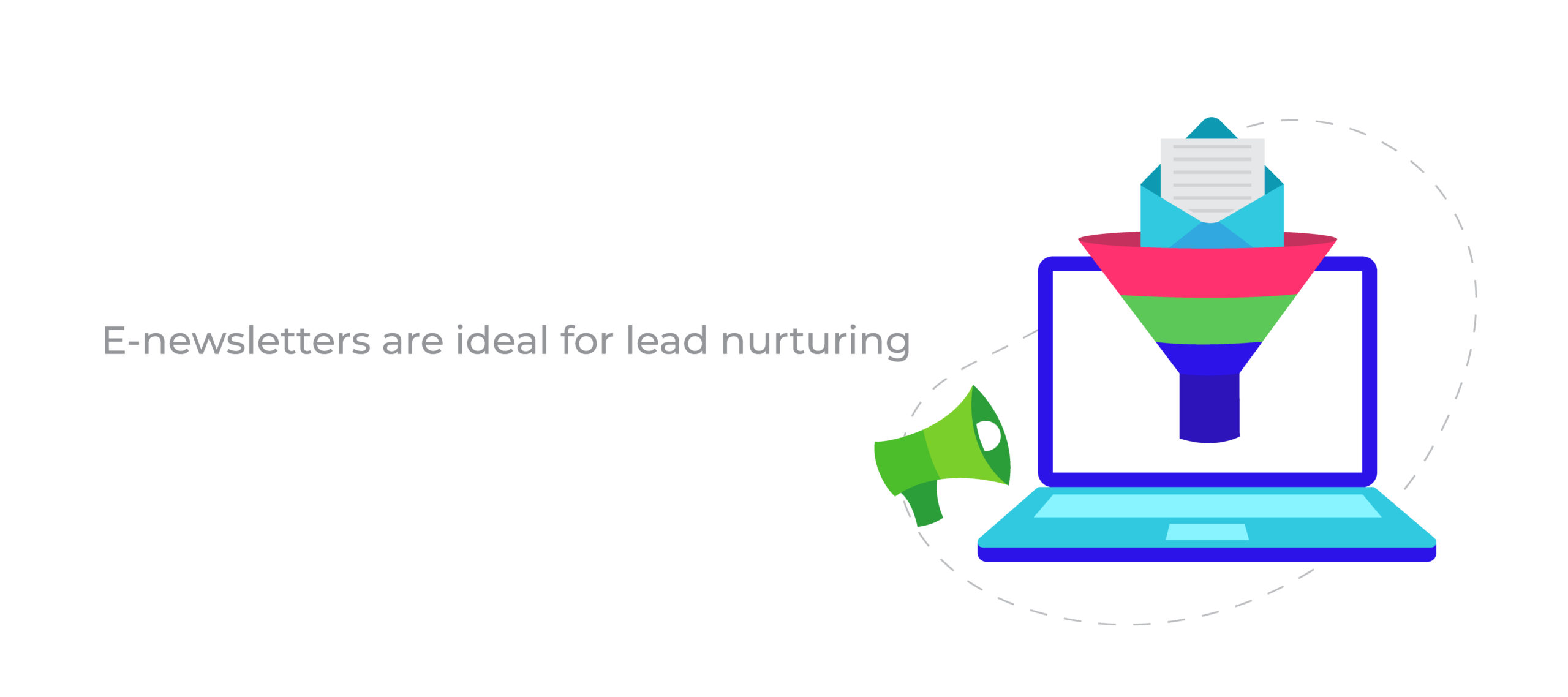
Use PPC (pay-per-click) advertising whenever it makes sense to do so. This is particularly important if you’re a young start-up looking to grow, as it ensures your web pages appear at the top of web searches for the keywords you specify. More traffic means more exposure; and it also means added opportunity to monetize click throughs.
Finding e-mails of prospects is made easier with tools such as prospect.io–a platform that can find and verify a prospect’s email, name, and phone number. It is also capable of scheduling the e-mail for later.
By availing yourself of these proven tactics, one can generate more leads using strategically-timed deployments of e-newsletters. No lead gen campaign is complete without a well-crafted newsletter; as this is one of the best ways to engage an audience, and keep their attention over long period of time. A great newsletter is a vehicle for both
luring prospects and maximizing customer retention
Subscribe to our newsletter to learn more about LeadMachine.
$49.95/per month
(pay nothing for 14days)